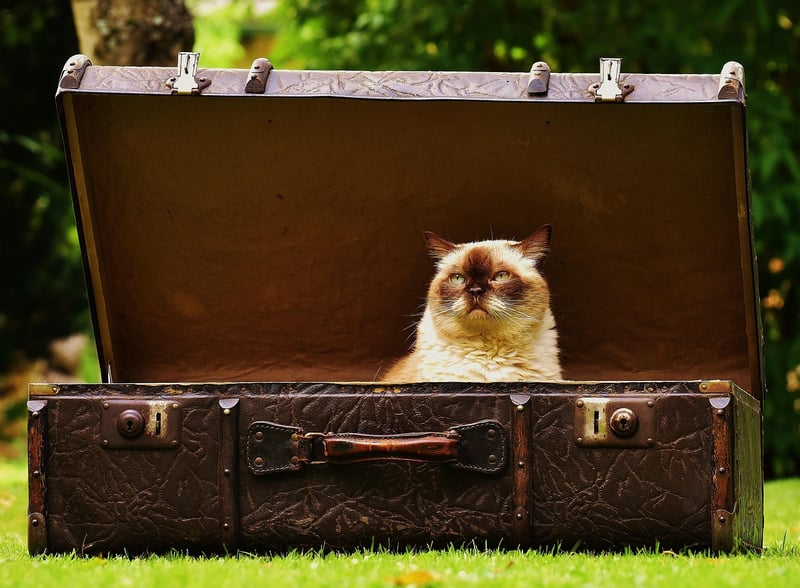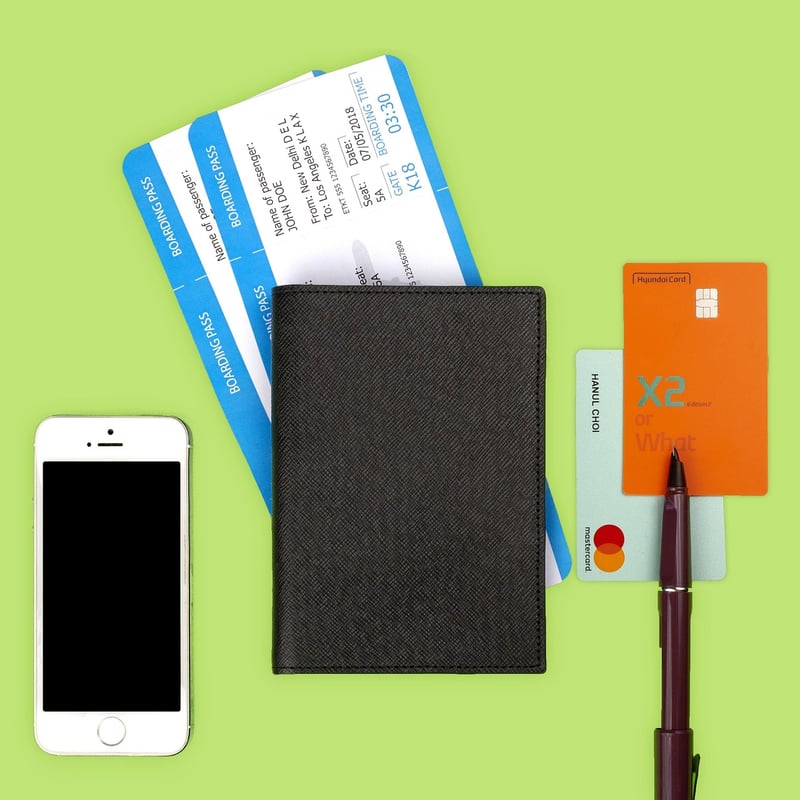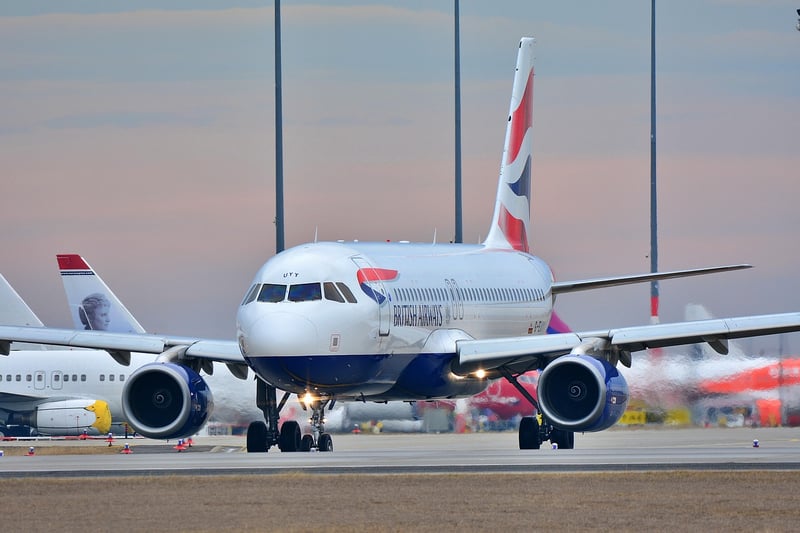Historical Etiquette
Prepare for the Journey: Historical Etiquette
Traveling has always been an exciting adventure, and throughout history, there have been certain etiquettes and customs associated with embarking on a journey. Let's take a look at how people prepared for their travels in the past and the etiquette they followed.
1. Packing for the Journey
Back in the day, packing for a journey was an art form. Travelers would carefully select their clothing and items to ensure they were adequately prepared for the trip ahead. Trunks and suitcases were meticulously packed with essentials such as clothing, toiletries, and other necessities.

2. Dressing Appropriately
Proper attire was crucial when traveling in the past. Travelers would dress in their finest clothes, especially when embarking on long journeys or traveling by train or ship. Hats, gloves, and other accessories were commonly worn to maintain a sense of decorum.

3. Manners and Etiquette
Etiquette played a significant role in travel during historical times. Travelers were expected to conduct themselves with grace and politeness, whether interacting with fellow passengers or locals at their destination. Common courtesies such as saying "please" and "thank you" were observed diligently.
4. Travel Documents and Tickets
Before the digital age, travel documents and tickets were physical items that needed to be carefully organized and kept safe. Passports, train tickets, and other travel documents were essential for smooth passage and were often checked multiple times throughout the journey.

5. Dining and Socializing
Dining and socializing were integral parts of the travel experience. Train and ship cabins were often shared spaces where travelers would gather for meals and conversation. Table manners were essential, and travelers were expected to engage in polite discourse with their fellow passengers.
6. Arrival and Departure
Arriving and departing from a destination were significant events in historical travel. Proper farewells and greetings were exchanged, often accompanied by flowers or gifts as tokens of appreciation. Travelers would bid goodbye to their hosts or fellow passengers with grace and gratitude.

As we reflect on the historical etiquette associated with travel, we can appreciate the time-honored traditions and customs that shaped the way people journeyed in the past. While modern travel may be more convenient and efficient, there is a certain charm to the refined manners and elegance of bygone eras.
Safe travels!
